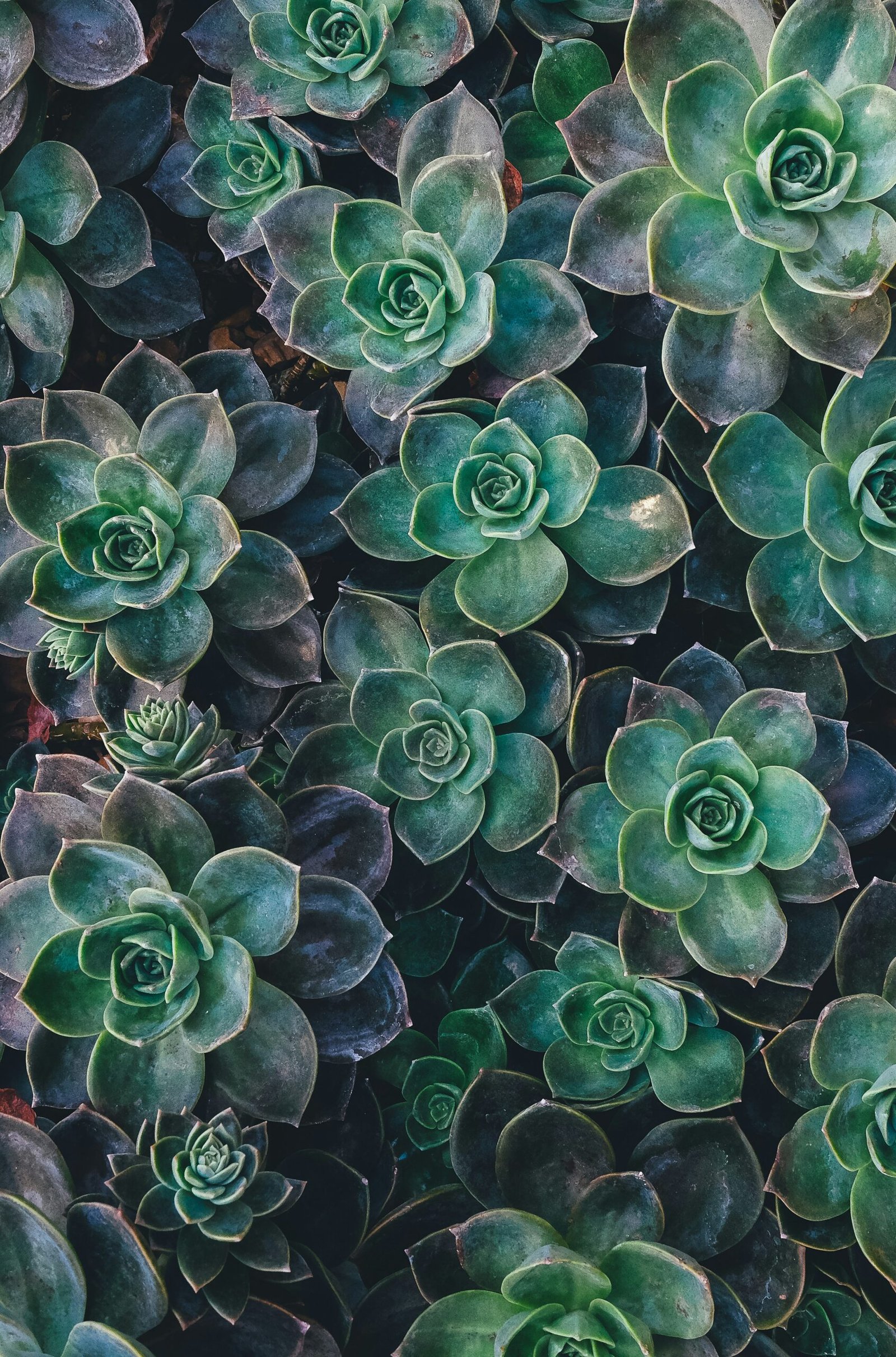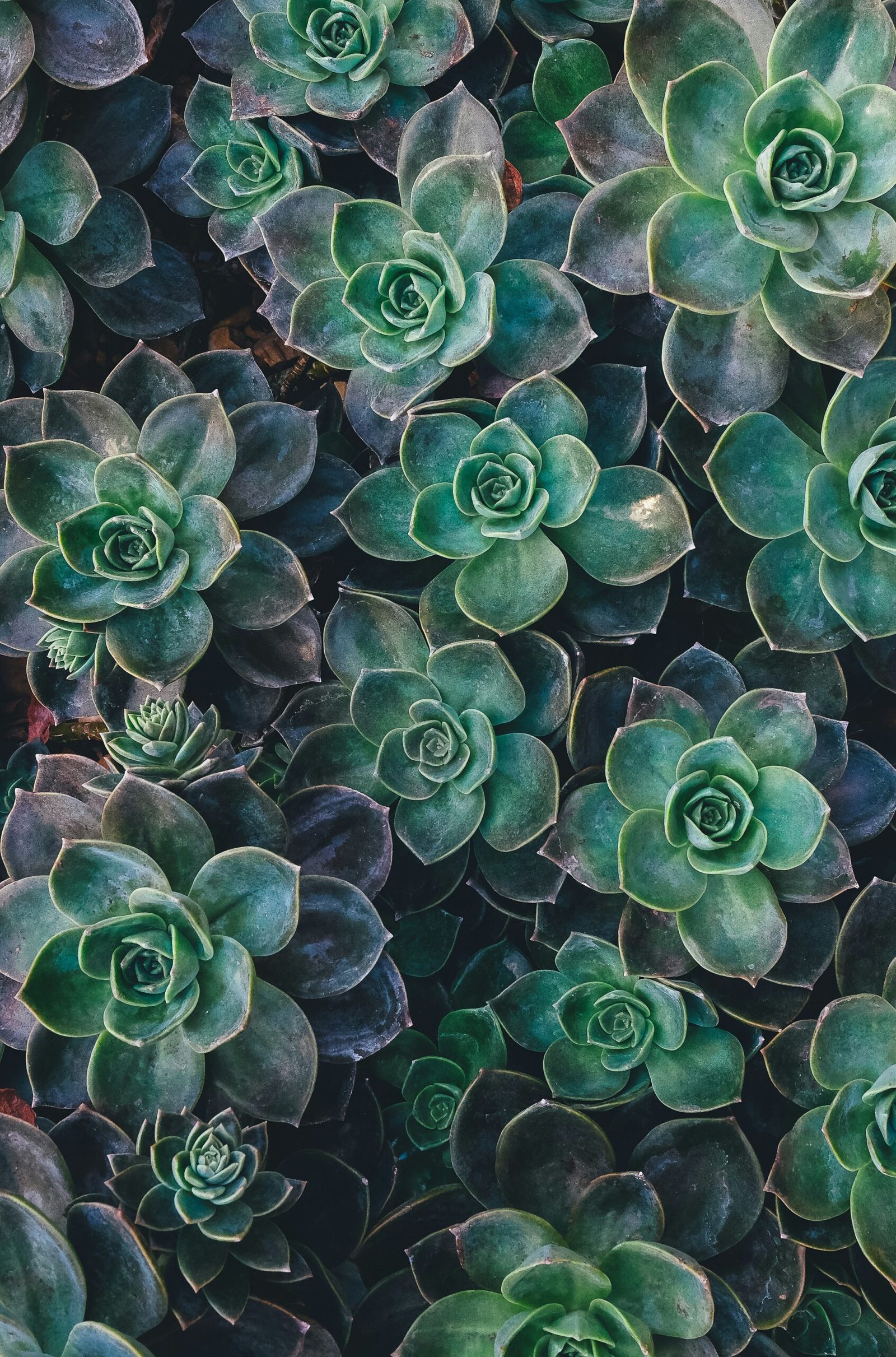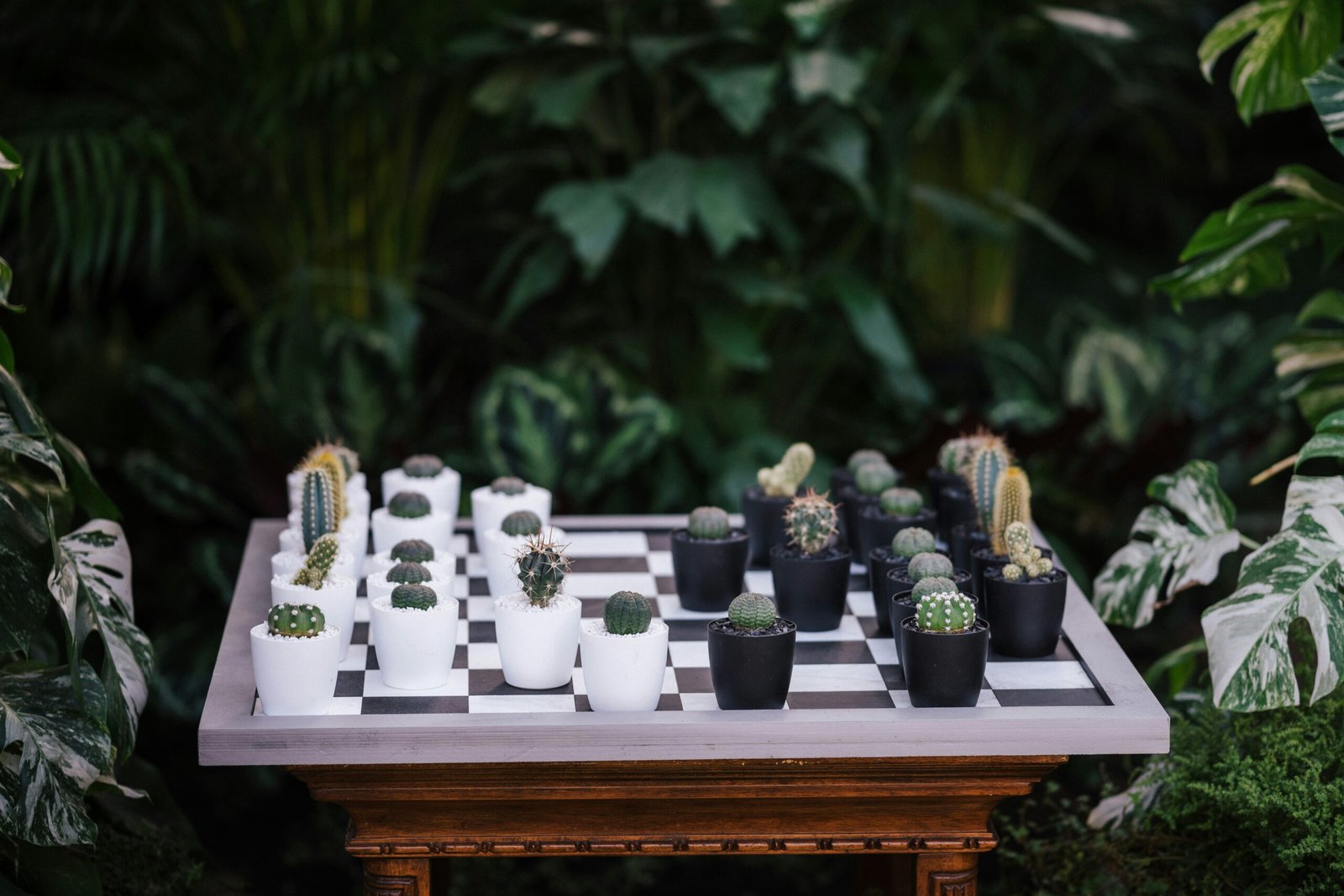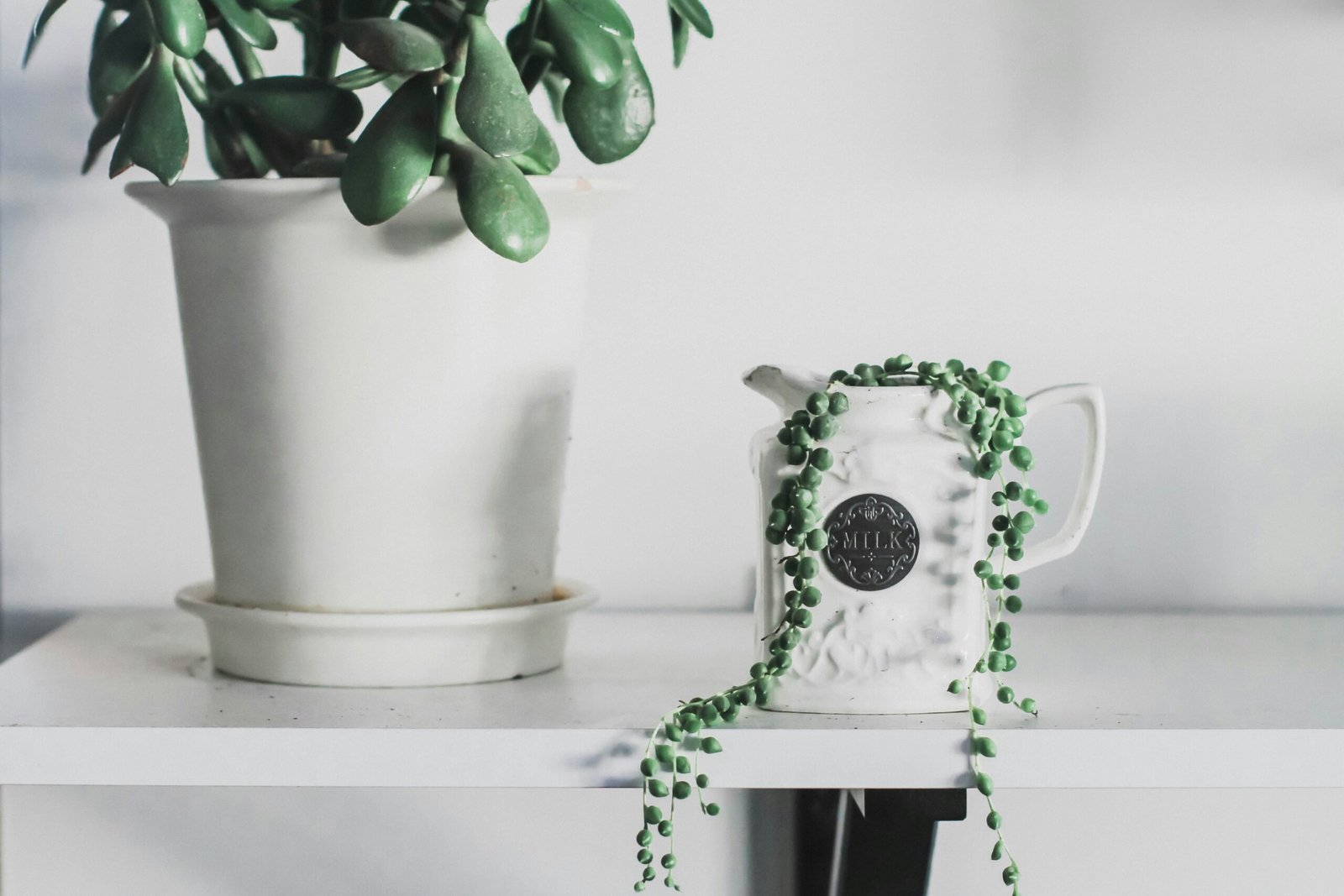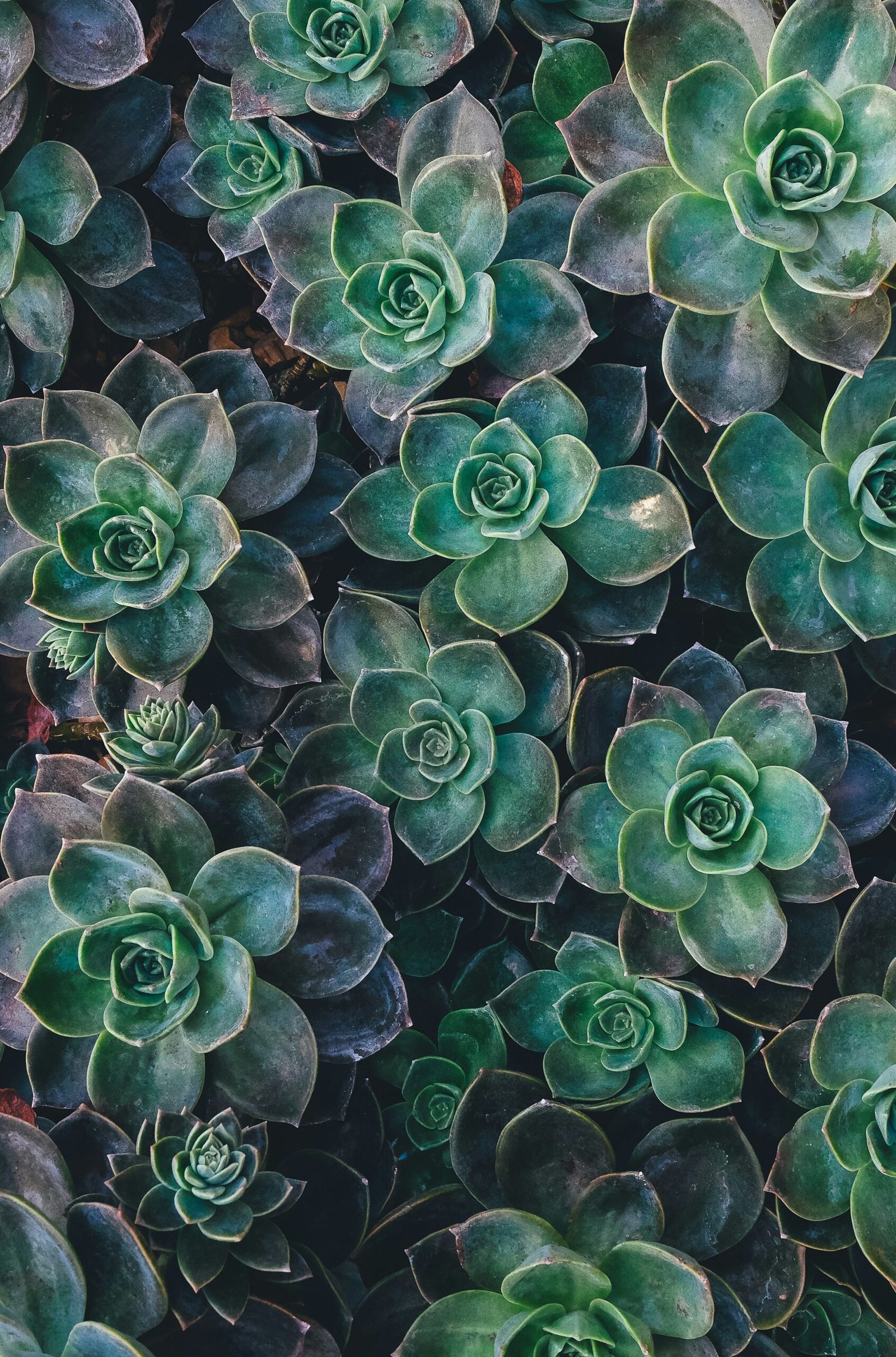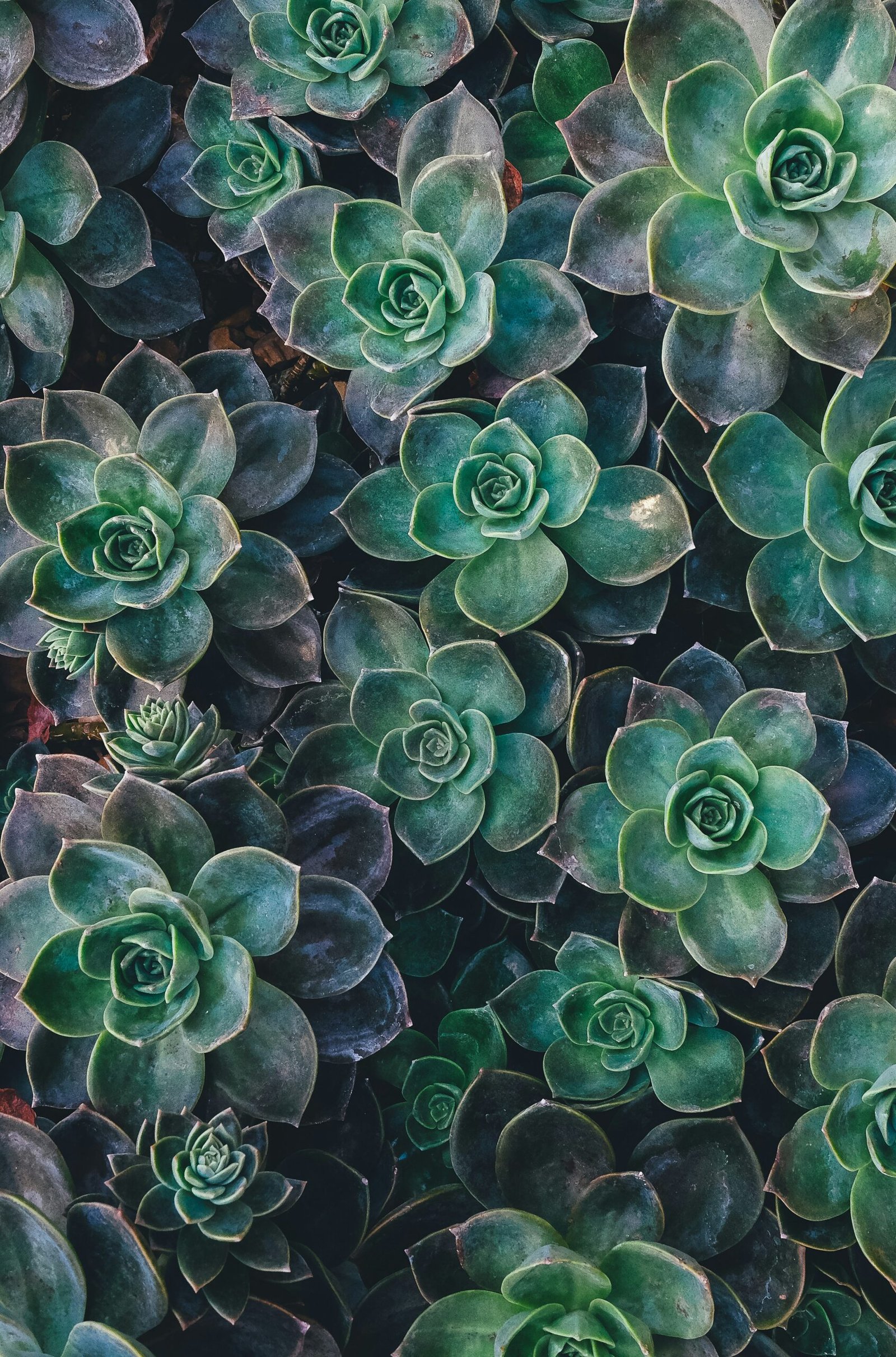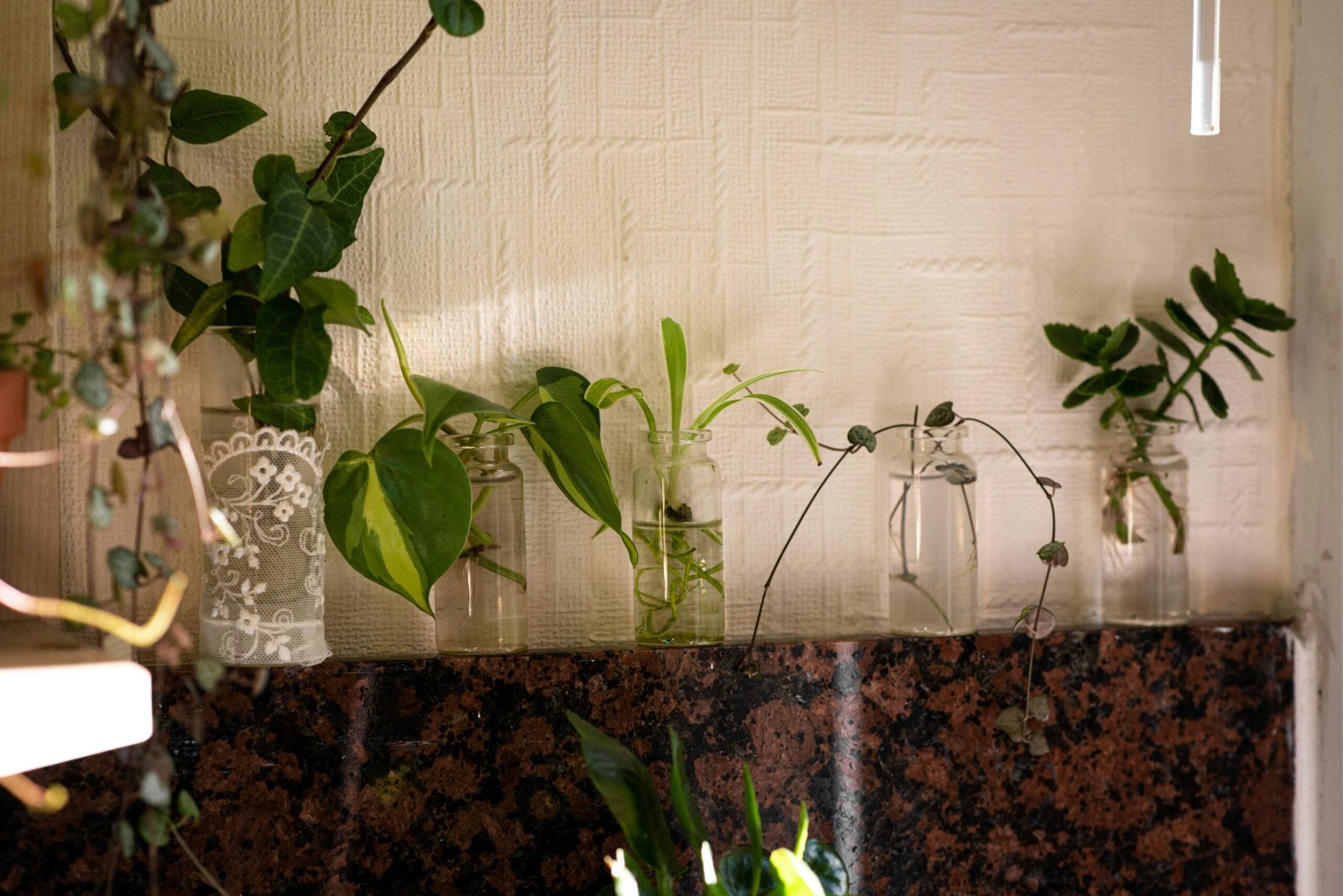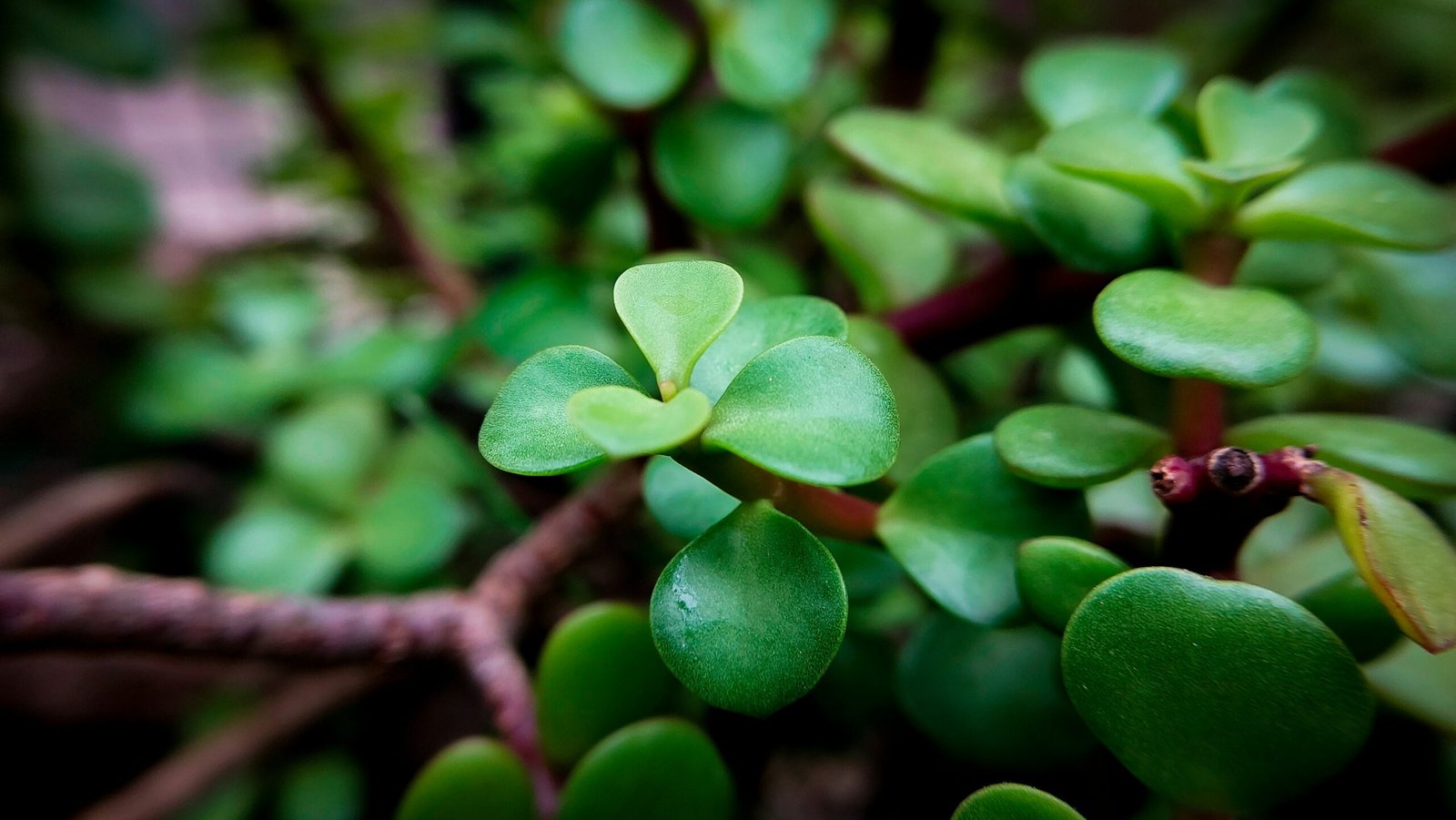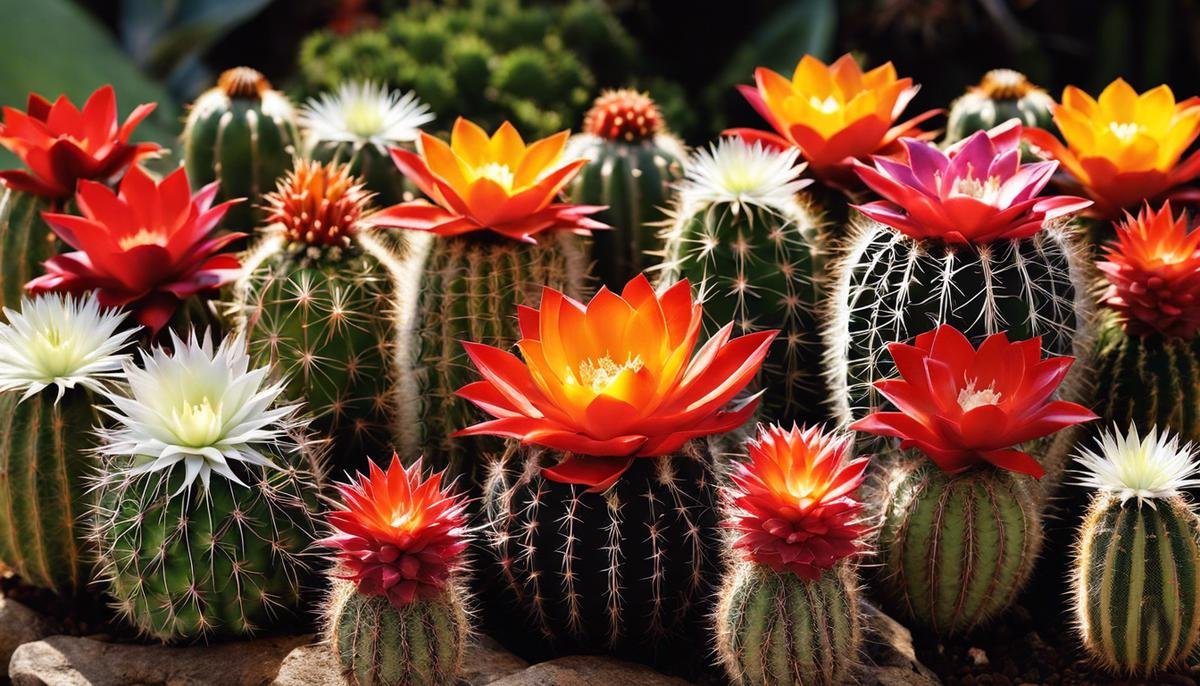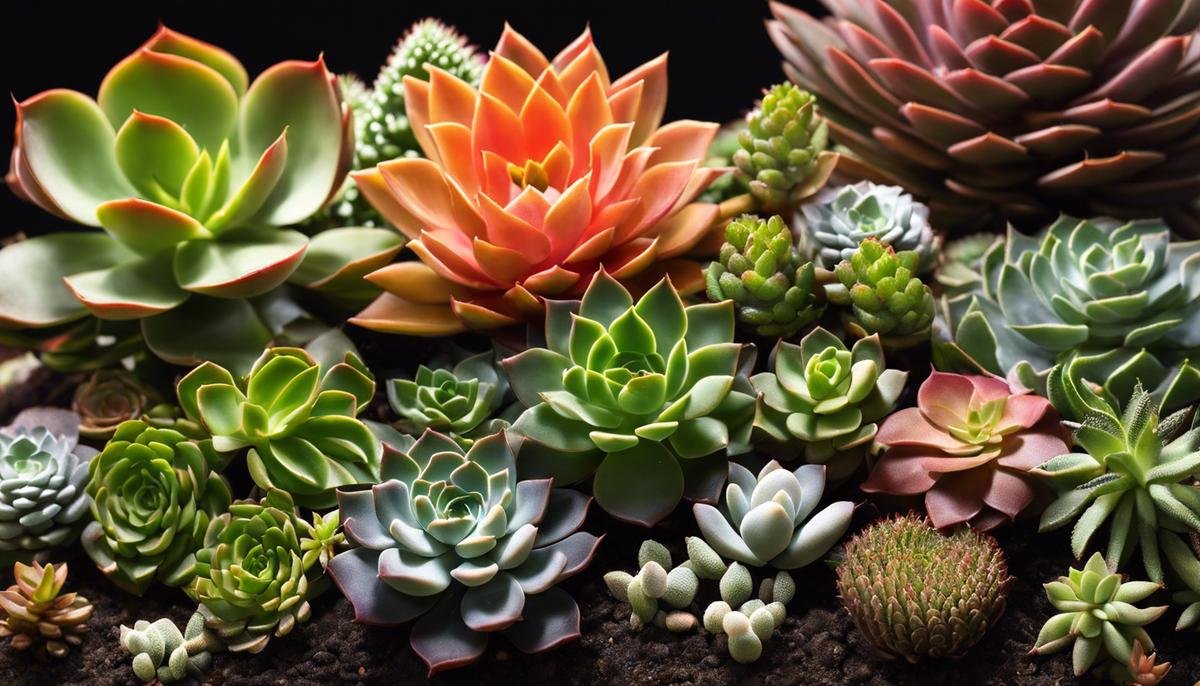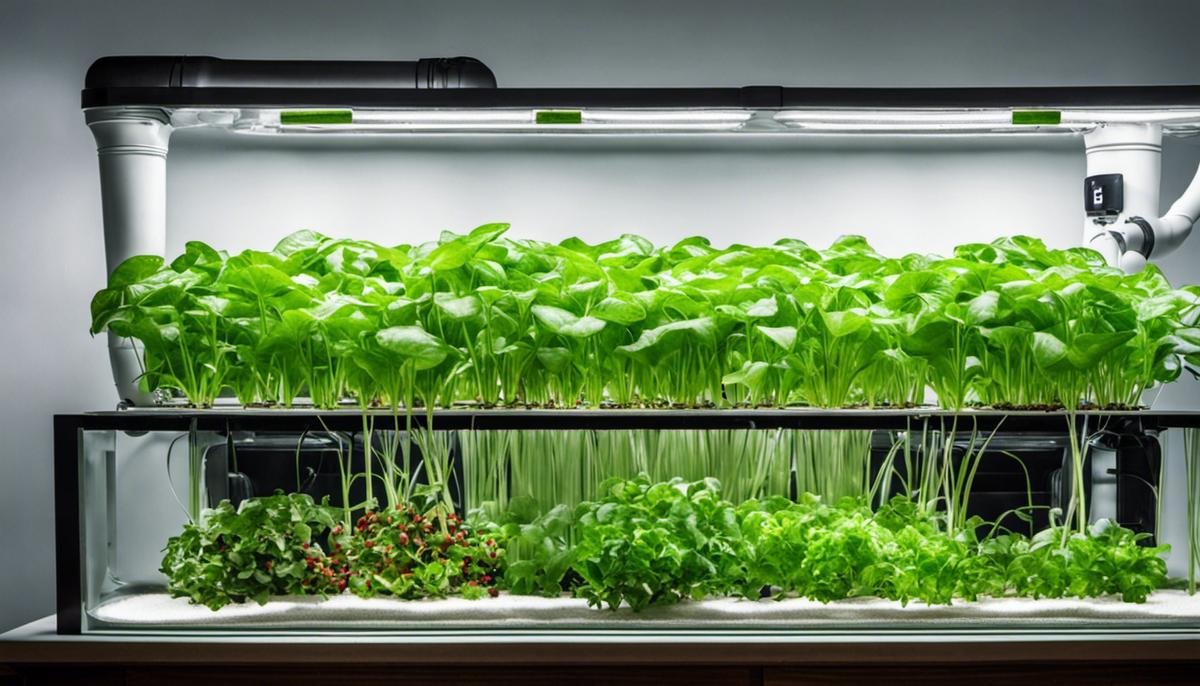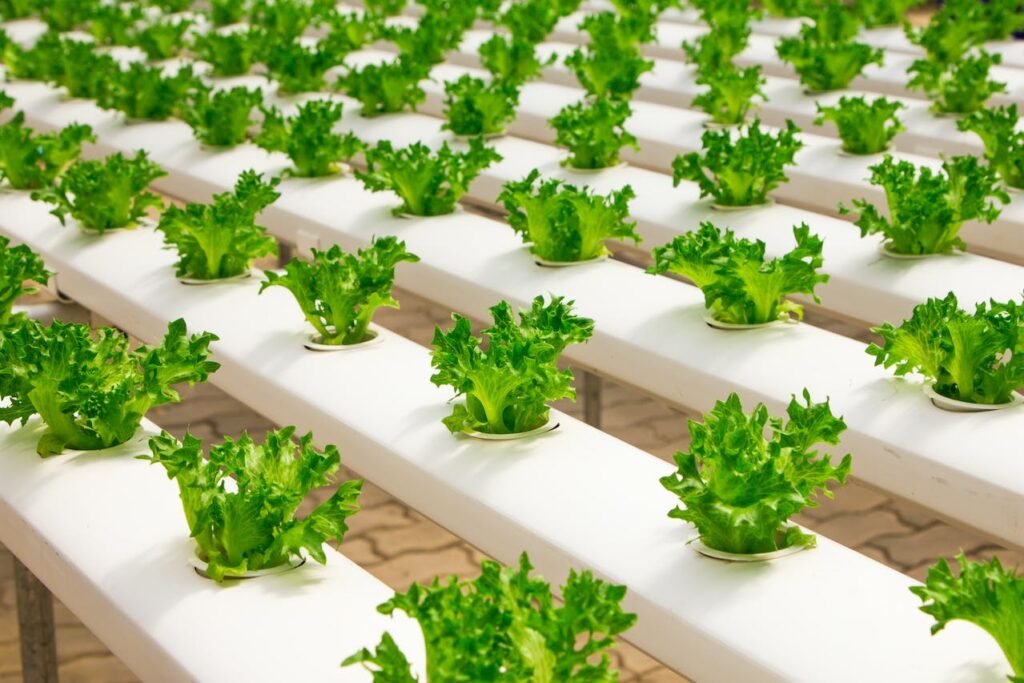The Ultimate Gardening Set is a comprehensive collection of tools and resources designed to help both beginners and experienced gardeners create and maintain beautiful gardens. This set includes essential gardening tools, such as gloves, a trowel, and pruning shears, as well as a guidebook filled with tips and advice for successful gardening. Whether you’re just starting out or looking to take your gardening skills to the next level, the Ultimate Gardening Set has everything you need to get started.
Key Takeaways
- The Ultimate Gardening Set includes everything you need to start growing your own plants.
- Gardening has numerous benefits, including stress relief and improved mental health.
- Choose plants that are suitable for your climate and soil type to ensure success.
- Essential tools for gardening include a shovel, hoe, and pruning shears.
- Soil and fertilizer are crucial for healthy plant growth and should be chosen based on the needs of your specific plants.
The Benefits of Gardening
Gardening offers numerous physical and mental health benefits. Spending time outdoors in nature has been shown to reduce stress levels and improve overall well-being. Gardening also provides a great opportunity for exercise, as it involves activities such as digging, planting, and weeding. In addition, growing your own fruits and vegetables can lead to a healthier diet and a greater appreciation for fresh, homegrown produce.
Furthermore, gardening can be a rewarding hobby. There is something incredibly satisfying about watching your plants grow and thrive under your care. Whether you’re growing flowers, herbs, or vegetables, seeing the fruits of your labor can bring a sense of accomplishment and pride. Gardening also allows for creativity and self-expression, as you have the freedom to design and cultivate your own unique garden space.
Choosing the Right Plants for Your Garden
When selecting plants for your garden, it’s important to consider factors such as climate, soil type, sunlight, and water needs. Different plants have different requirements, so it’s crucial to choose varieties that will thrive in your specific conditions. Researching which plants are best suited for your area can save you time, money, and frustration in the long run.
One tip for selecting plants is to choose native species that are adapted to your region’s climate and soil conditions. Native plants are more likely to thrive without the need for excessive watering or fertilization. Another tip is to consider the amount of sunlight your garden receives throughout the day. Some plants require full sun, while others prefer partial shade. Understanding your garden’s sunlight patterns will help you choose the right plants for each area.
Essential Tools for Gardening
| Tool | Description | Price Range | Rating |
|---|---|---|---|
| Garden Gloves | Protects hands from thorns, cuts, and blisters while gardening | 5-20 | 4.5/5 |
| Pruning Shears | Cuts small branches and stems for pruning and shaping plants | 10-50 | 4/5 |
| Trowel | Small hand tool used for digging, planting, and weeding | 5-20 | 4/5 |
| Rake | Used for leveling soil, removing debris, and spreading mulch | 10-50 | 4/5 |
| Hose | Used for watering plants and cleaning garden tools | 20-100 | 4/5 |
| Wheelbarrow | Used for transporting soil, mulch, and plants around the garden | 50-200 | 4/5 |
The Ultimate Gardening Set includes a variety of essential tools that every gardener should have. One of the most important tools is a pair of gloves, which protect your hands from thorns, sharp objects, and soil-borne diseases. A trowel is another must-have tool, as it is used for digging small holes, transplanting seedlings, and scooping soil. Pruning shears are essential for trimming and shaping plants, as well as removing dead or diseased branches.
Each tool in the Ultimate Gardening Set serves a specific purpose and is designed to make gardening tasks easier and more efficient. For example, a hand rake is useful for clearing debris and loosening soil, while a watering can allows for precise watering without over-saturating the soil. By having these tools on hand, you’ll be well-equipped to tackle any gardening task that comes your way.
Soil and Fertilizer
Healthy soil is the foundation for successful gardening. It provides plants with essential nutrients, supports root growth, and helps retain moisture. Before planting, it’s important to test your soil to determine its pH level and nutrient content. This will help you determine if any amendments are needed to improve its fertility.
There are several ways to improve your soil’s health. Adding organic matter, such as compost or aged manure, can help improve soil structure and fertility. Organic matter also helps retain moisture and promotes beneficial microbial activity in the soil. Additionally, using a balanced fertilizer can provide plants with the nutrients they need for healthy growth. It’s important to choose a fertilizer that matches the specific needs of your plants.
Watering Your Plants

Proper watering is crucial for the health and vitality of your plants. Over-watering can lead to root rot and other fungal diseases, while under-watering can cause plants to wilt and die. The key is to water deeply and infrequently, allowing the soil to dry out slightly between waterings.
One way to ensure proper watering is to use an irrigation system, such as drip irrigation or a soaker hose. These systems deliver water directly to the plant’s root zone, minimizing evaporation and reducing the risk of fungal diseases. Another option is to collect rainwater in a barrel and use it to water your plants. Rainwater is free of chlorine and other chemicals found in tap water, making it ideal for watering sensitive plants.
Pest Control
Garden pests can wreak havoc on your plants if left unchecked. Common garden pests include aphids, slugs, snails, and caterpillars. To prevent infestations, it’s important to practice good garden hygiene by removing dead plant material and keeping weeds under control. This helps eliminate hiding places and breeding grounds for pests.
There are several natural pest control methods that can be used to combat garden pests. For example, introducing beneficial insects, such as ladybugs or lacewings, can help control aphid populations. Additionally, using organic pest control products, such as neem oil or insecticidal soap, can help deter pests without harming beneficial insects or pollinators.
Harvesting Your Crops
Knowing when to harvest your crops is essential for maximizing flavor and nutritional value. Different crops have different signs of readiness, so it’s important to research each plant’s specific harvesting requirements. For example, tomatoes are typically ready to harvest when they are firm and fully colored, while lettuce is best harvested when the leaves are young and tender.
To maximize your yield and preserve your harvest, it’s important to handle your crops with care. Use sharp pruning shears or scissors to harvest fruits and vegetables, as this helps minimize damage to the plant. After harvesting, store your crops in a cool, dry place to extend their shelf life. Some crops can also be preserved through canning, freezing, or drying.
Maintaining Your Garden
Maintaining your garden throughout the year is essential for its long-term health and beauty. This includes tasks such as pruning, mulching, and winterizing. Pruning helps promote healthy growth and shape plants, while mulching helps conserve moisture, suppress weeds, and regulate soil temperature. Winterizing involves protecting your plants from frost and cold temperatures.
Regular maintenance tasks also include monitoring for pests and diseases, as well as providing ongoing care for your plants. This may involve fertilizing, watering, and providing support for climbing plants. By staying on top of these tasks, you can ensure that your garden remains healthy and vibrant year after year.
Growing Your Green Thumb
Gardening is a lifelong journey of learning and discovery. There are countless resources available to help you expand your knowledge and skills. Books, websites, and local gardening clubs are great sources of information and inspiration. They can provide guidance on everything from plant selection to garden design to troubleshooting common problems.
In addition to learning from others, it’s important to experiment and try new things in your garden. Gardening is a hands-on activity that allows for creativity and personal expression. Don’t be afraid to take risks and learn from your successes and failures. With time and experience, you’ll develop a green thumb and become a confident gardener.
The Ultimate Gardening Set is a valuable resource for anyone interested in gardening. It provides the tools and knowledge needed to create and maintain a beautiful garden. From selecting the right plants to caring for them throughout the year, this set has everything you need to get started on your gardening journey. So grab your gloves, pick up a trowel, and start cultivating your own little piece of paradise. Your garden awaits!
If you’re passionate about gardening and want to take your online presence to the next level, you should check out this article on mastering SEO tools for online success. It provides valuable insights and techniques to optimize your gardening website and attract more visitors. With the help of SEO, you can ensure that your gardening tips, plant care guides, and product recommendations reach a wider audience. Don’t miss out on this opportunity to grow your online gardening community! Read more












































































































































































